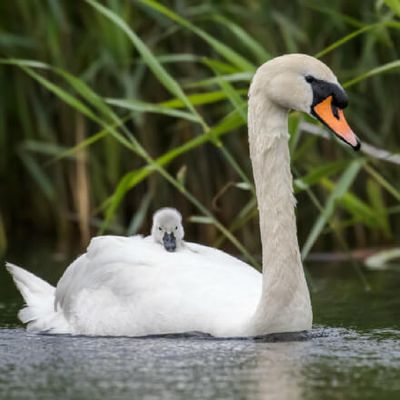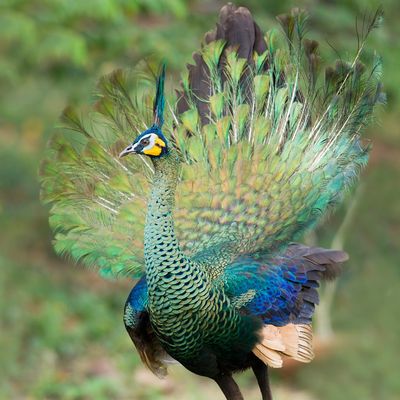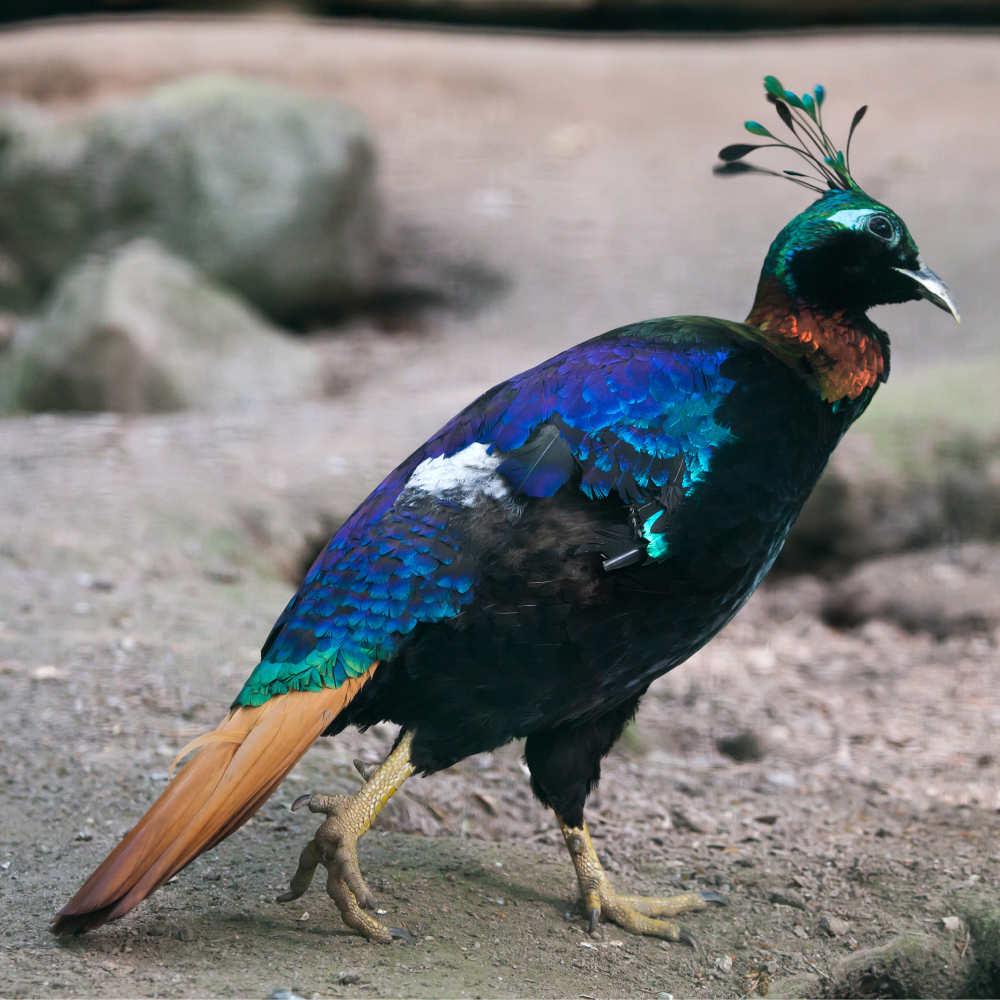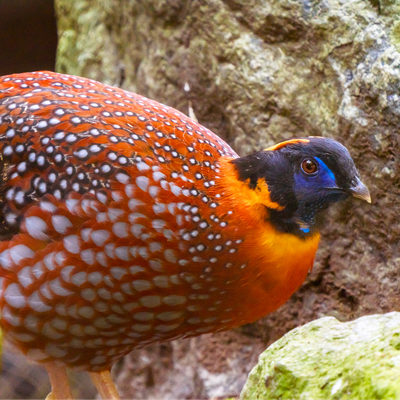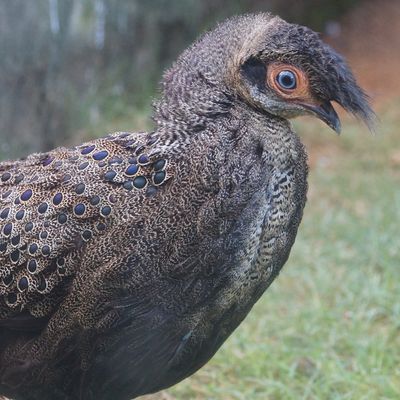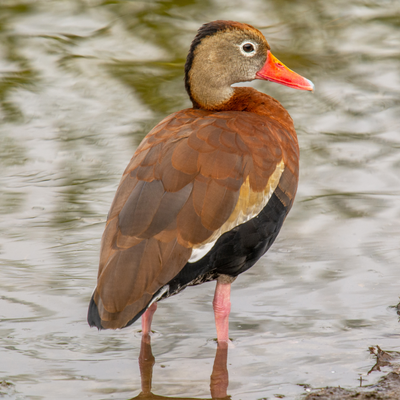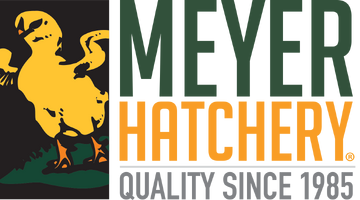Impeyan Pheasant Juvenile Pair
Impeyan Pheasant Juvenile Pair
IMPORTANT ORDERING INFORMATION: Pheasants are shipped on Wednesdays, USPS Priority Mail Express, and will typically arrive in 1-2 days at your local post office. Pheasants are not available for pickup and ship for $50.00 per pair.
The Impeyan pheasant (Lophophorus impejanus) is a larger species that originates from the Hymalayan forest region. The Impeyan pheasant is also known as the Himalayan monal or Impeyan monal, They are named after Lady Mary Impey, who was the first Western who wanted to keep pheasants in captivity.
Male Impeyan pheasants are quite colorful, with striking metallic green crest and head, bronze on the neck and shoulders, with metallic blue-purple flight coverts on the wings and body. Females are not nearly as flashy in color, with shades of brown and tan with a notable white patch on the throat and a smaller head crest.
Adult males weigh around 5-6 pounds; Adult females weigh 4-5 pounds. Their overall average body length is 28 inches, with females being slightly smaller than males.
Housing in captivity is best done with a fully enclosed, large aviary. The Impeyan pheasant prefers dense brush and trees so make sure to include many plantings in the aviary. They tolerate cold and snow well, but will appreciate housing that shelters them from direct winds and driving snow or rain. They do not do as well in hot summer weather, so plenty of shade is necessary in warmer climates.
The Impeyan pheasant forages on plant roots, invertebrates and ground dwelling insects. They dig using their strong bills. In captivity they will eat a gamebird feed and appreciate a supplement of live insects and invertebrates such as crickets, earthworms and mealworms. They also will appreciate clumps of roots and greens to dig through.
Impeyan pheasants will be fully mature by 2 years of age. They are best kept as a male/female pair or a trio at most. Clutch size is 4-6 eggs but can be as large as 20 eggs. The Incubation period is 28 days. The breeding period is April to August. Females will make a ground nest by simply scratching out a slight depression in the ground under heavy brush cover.
